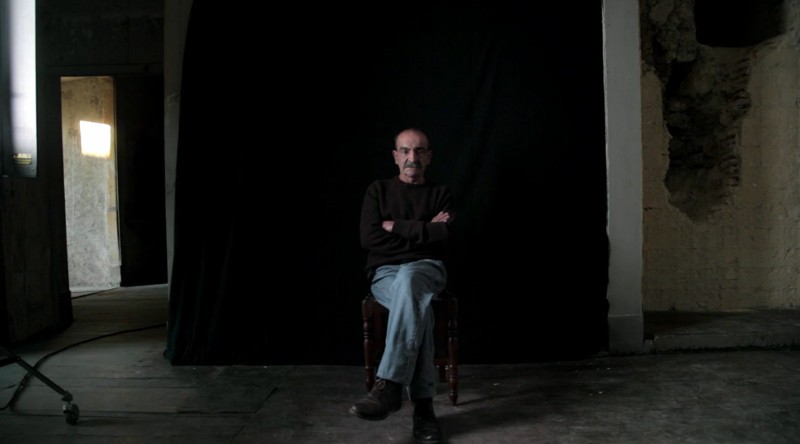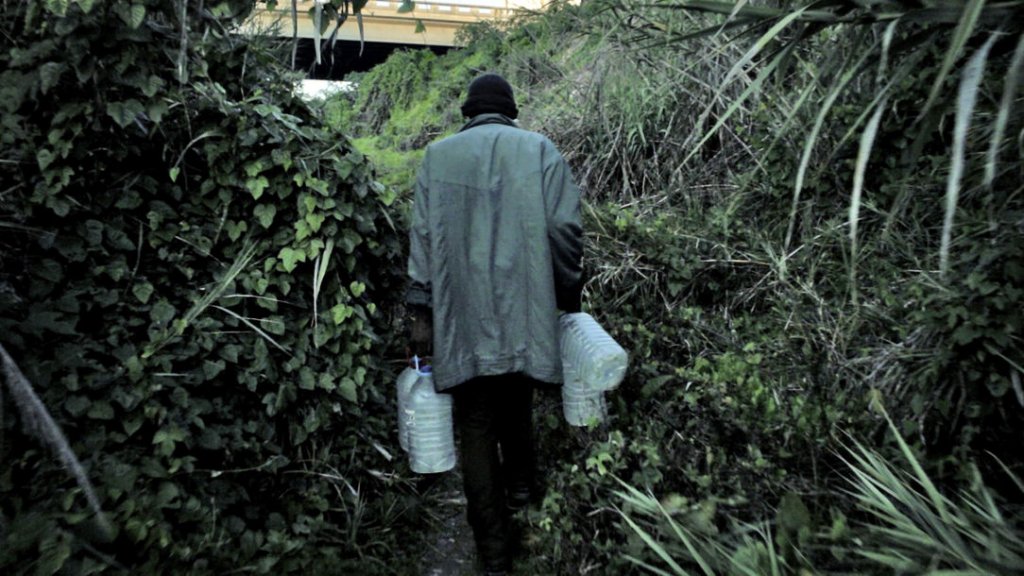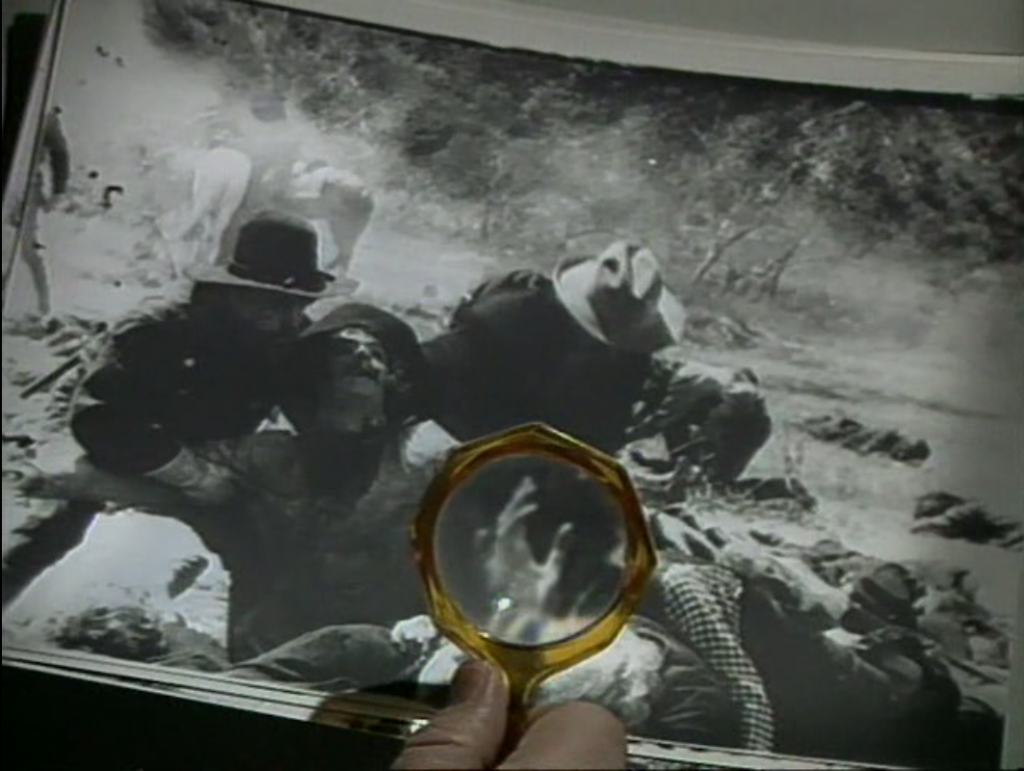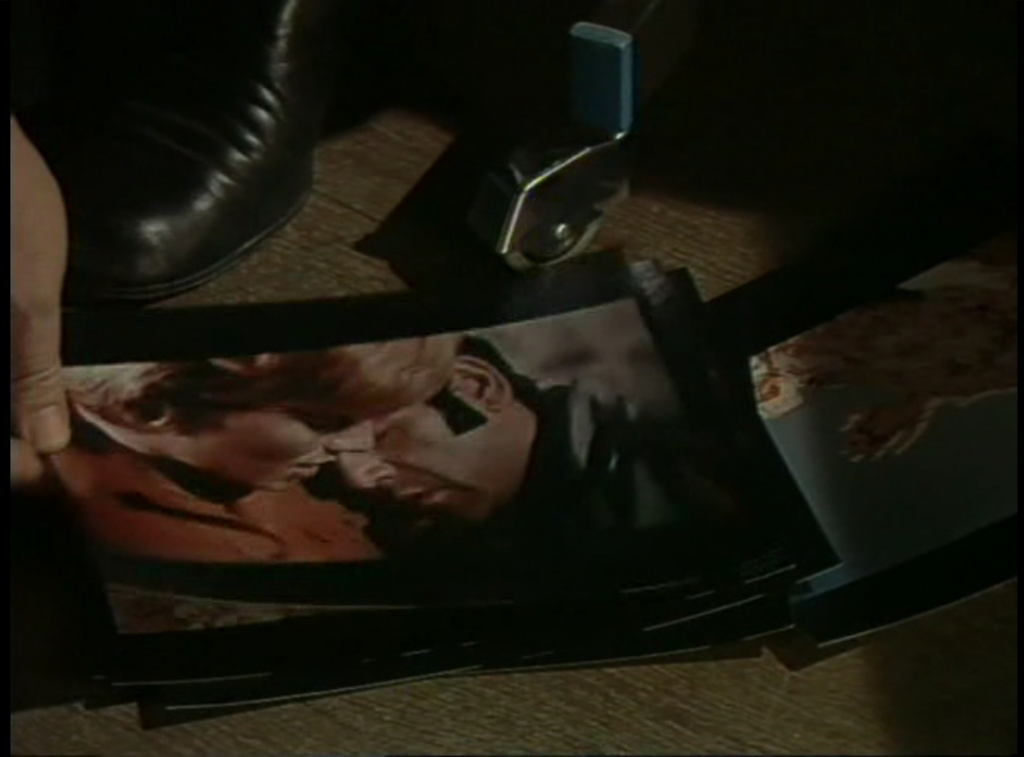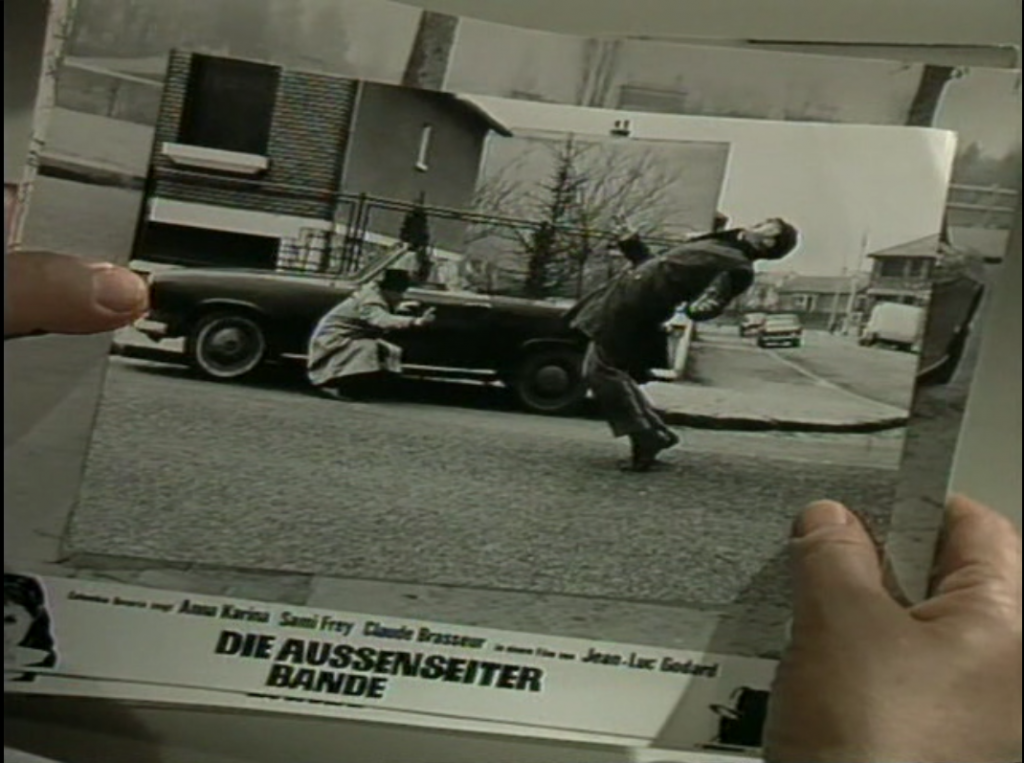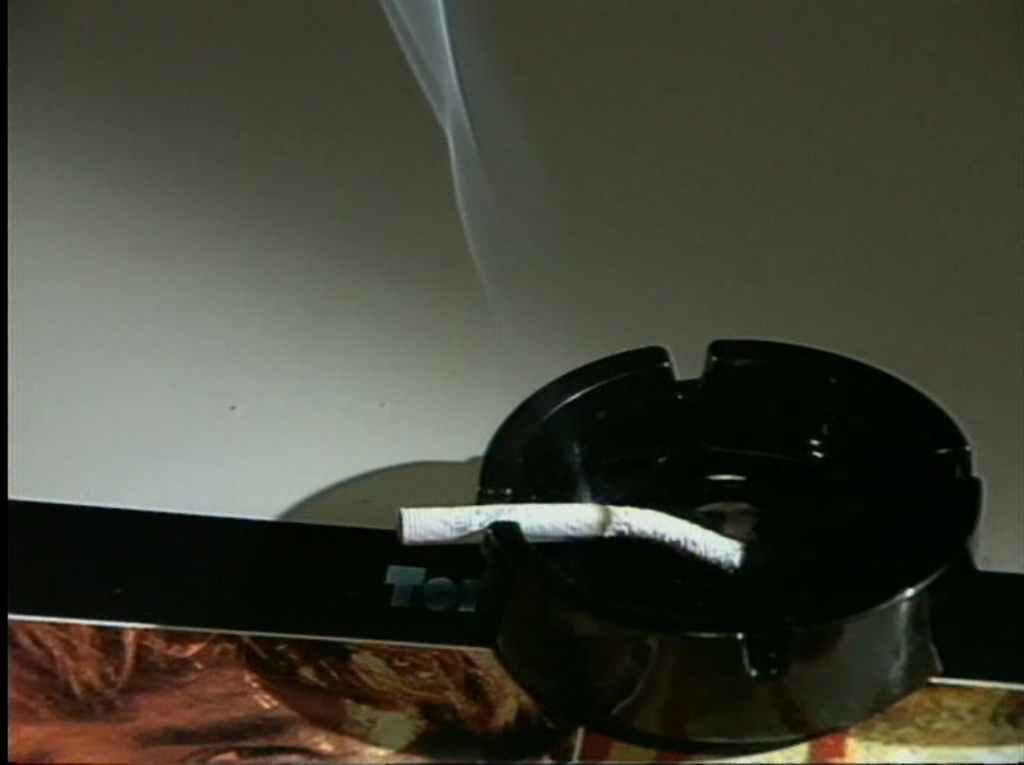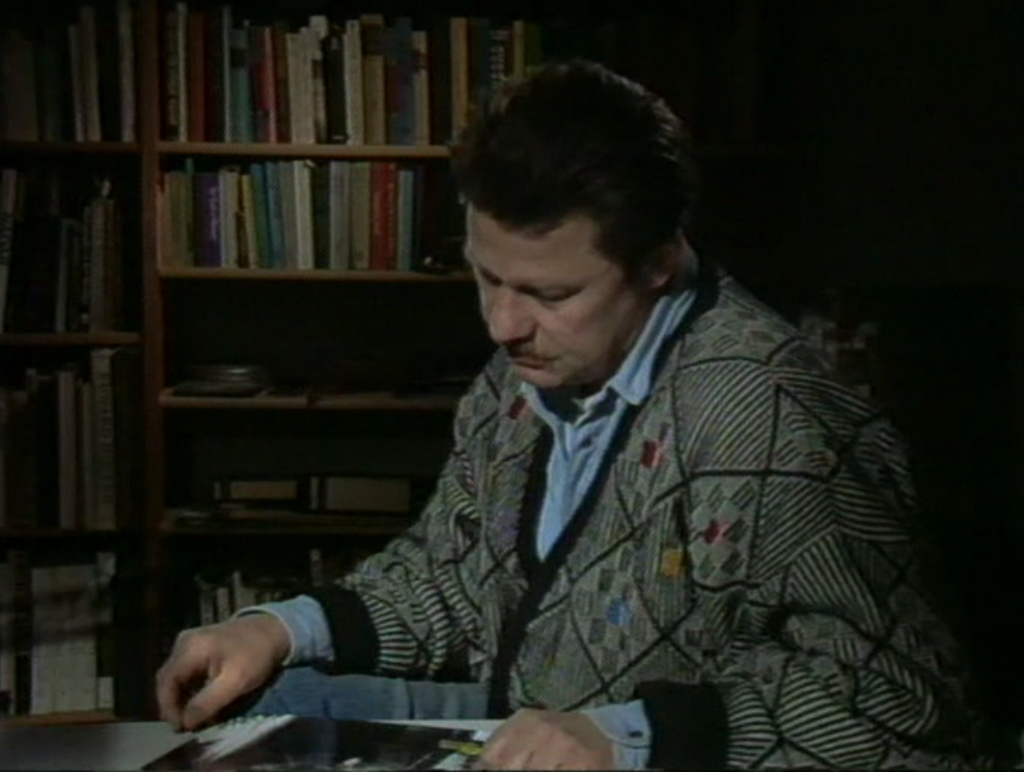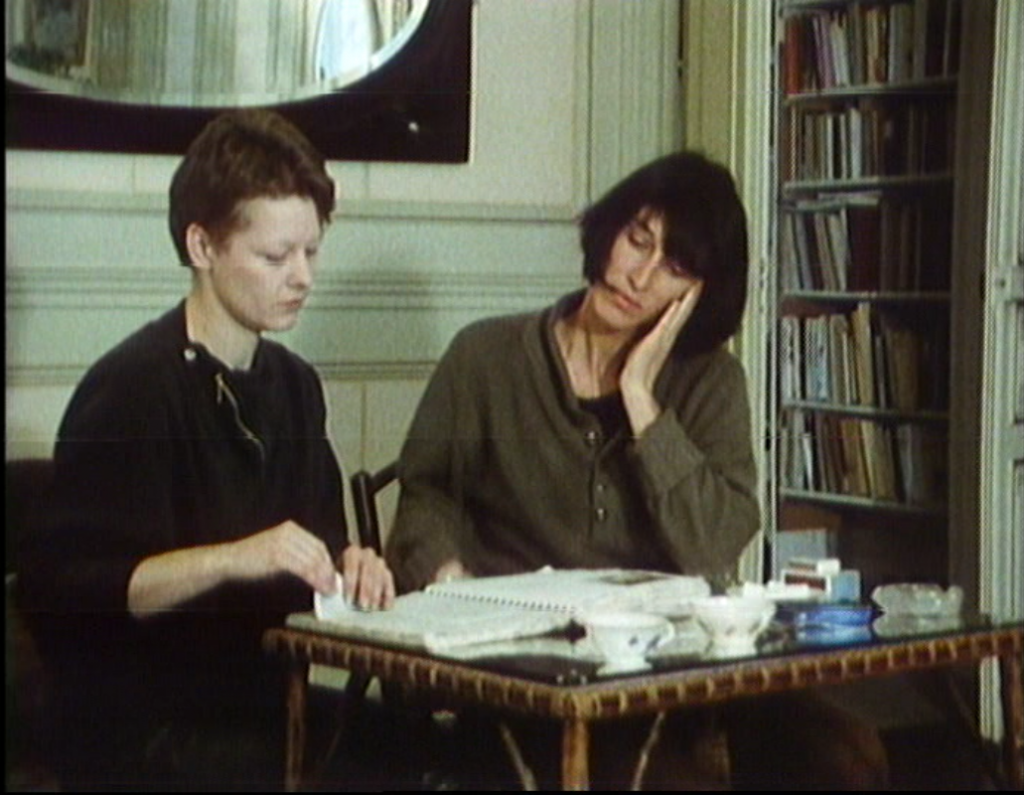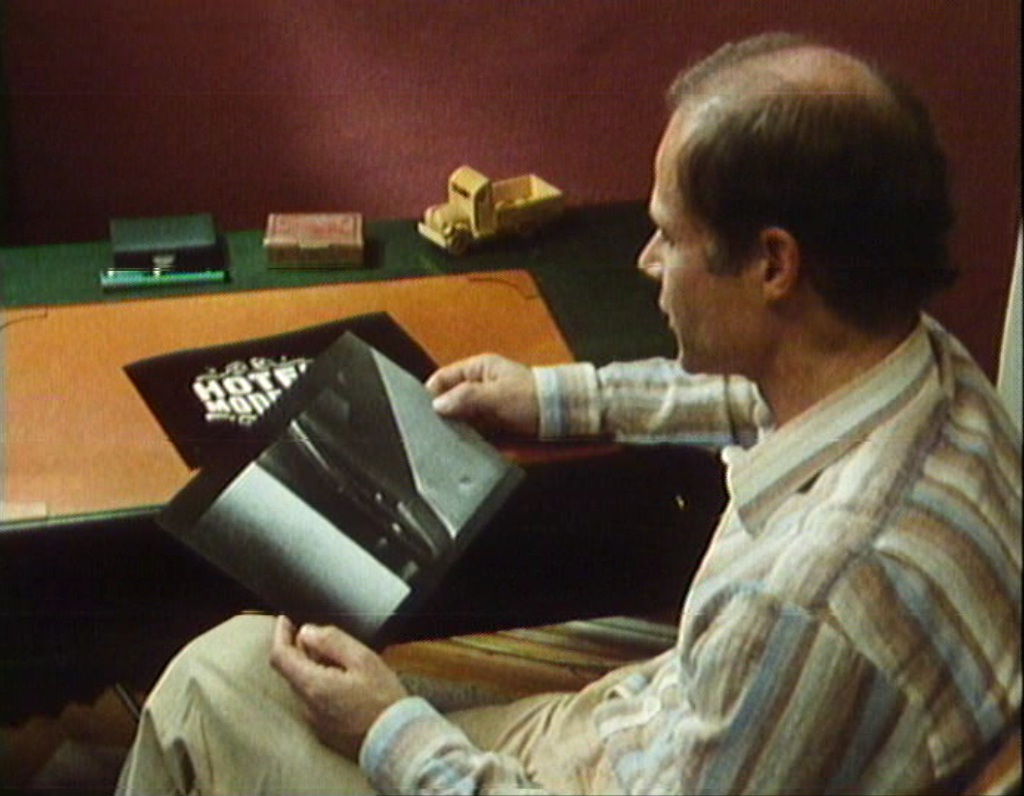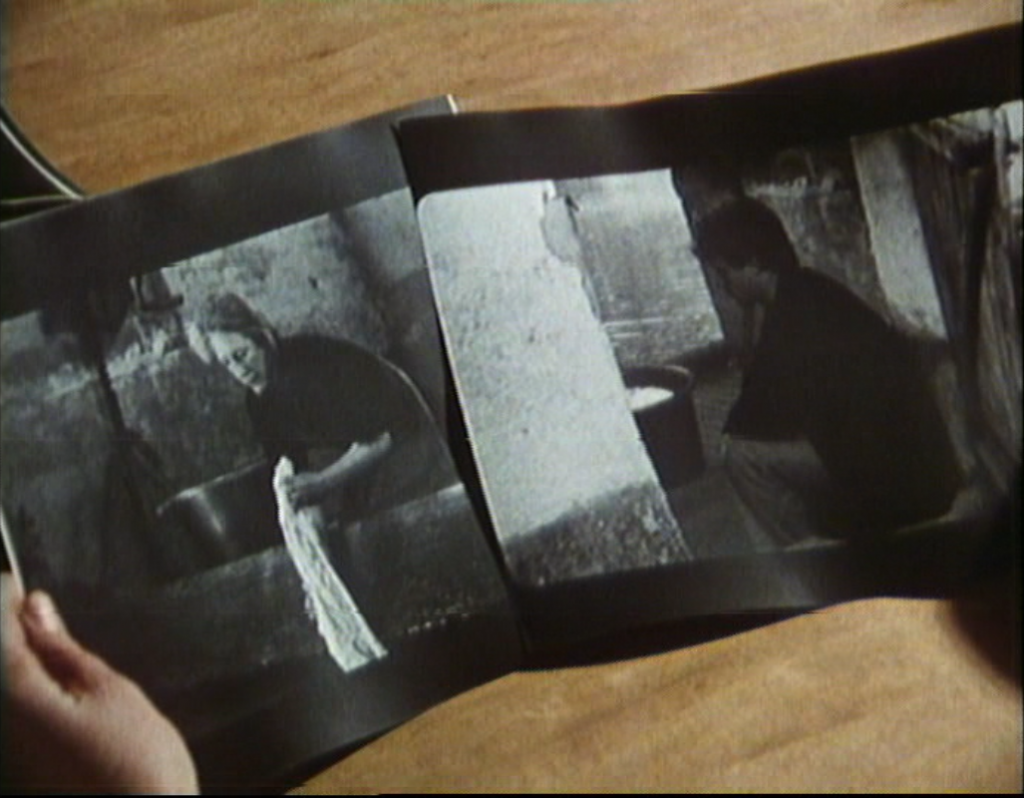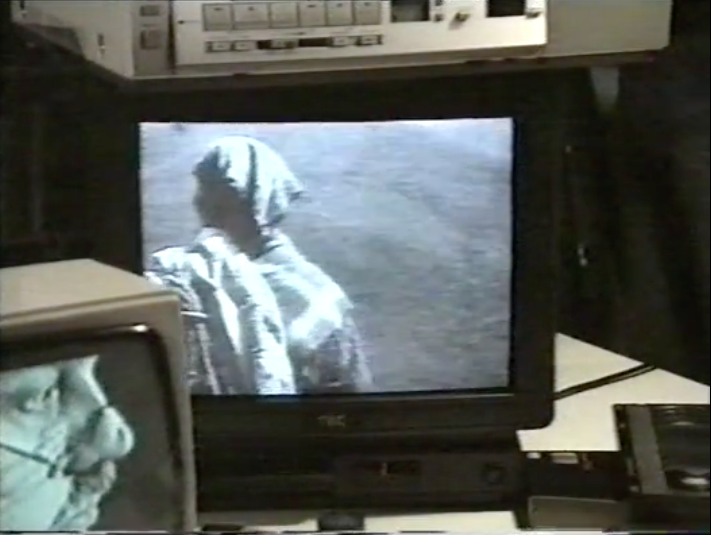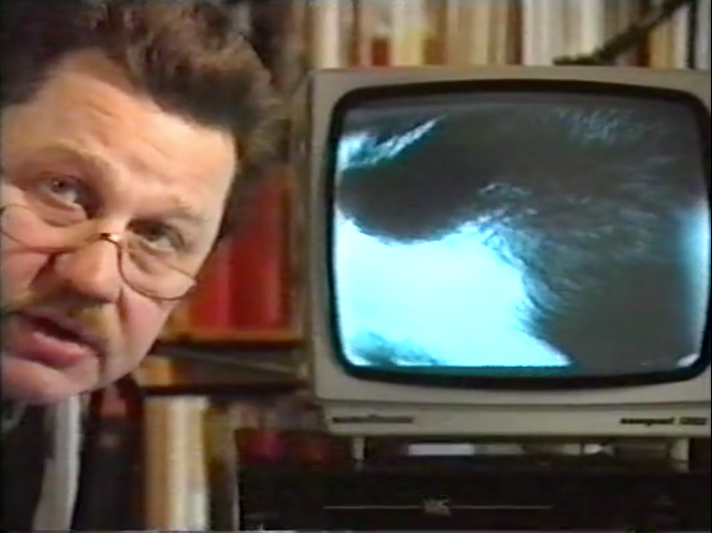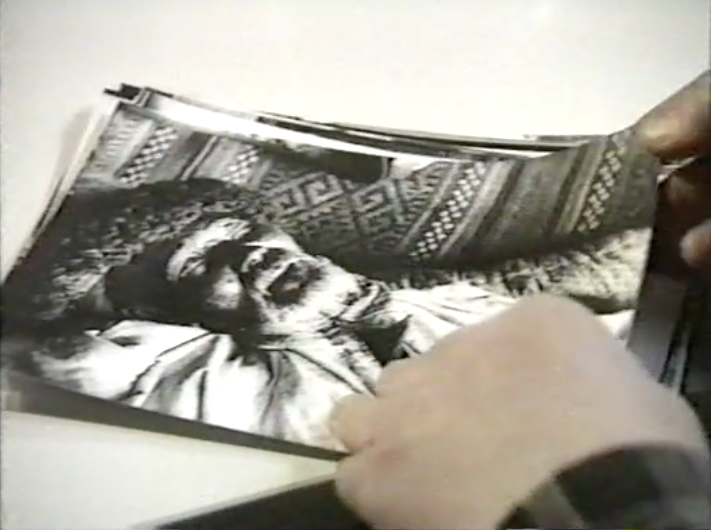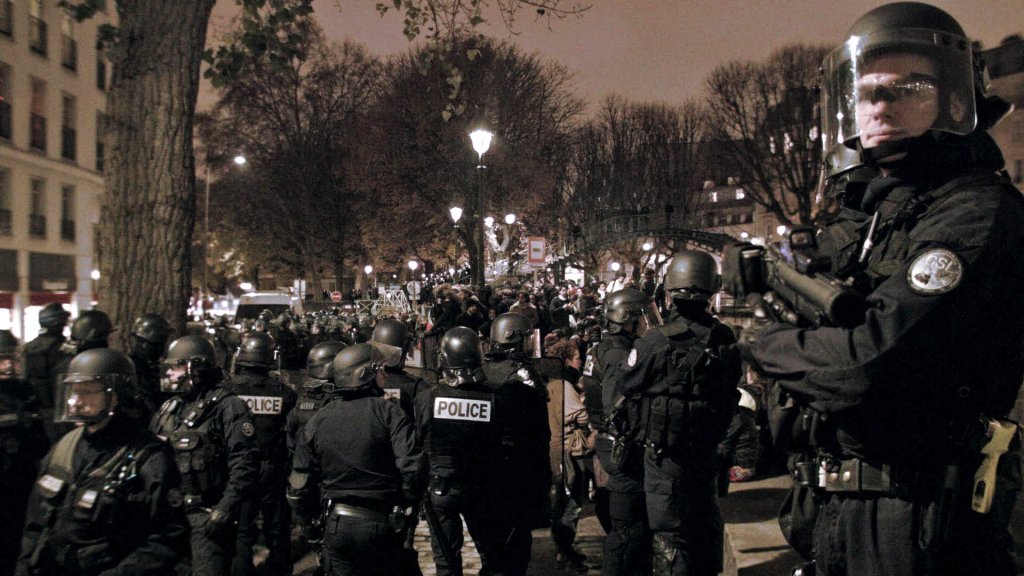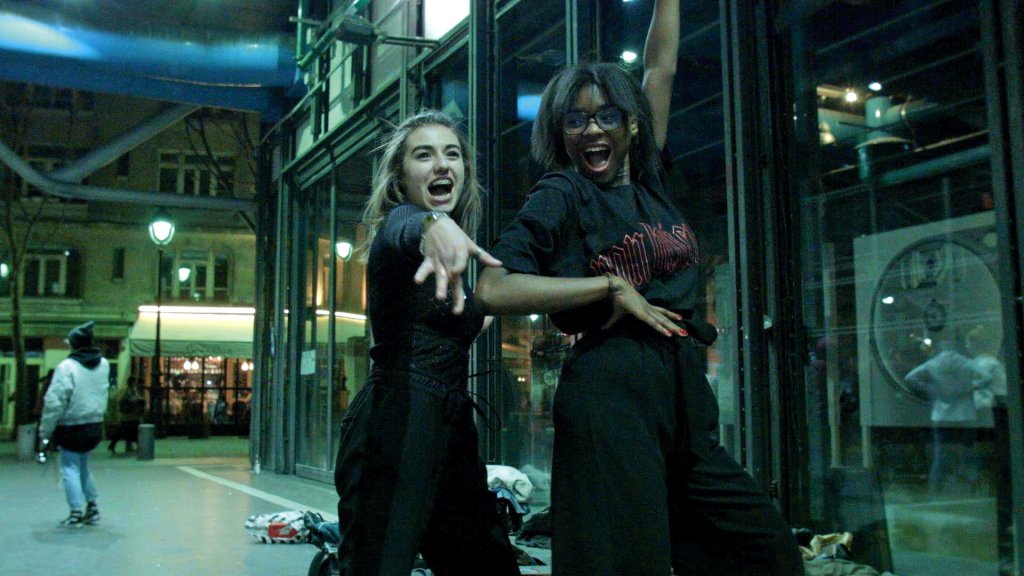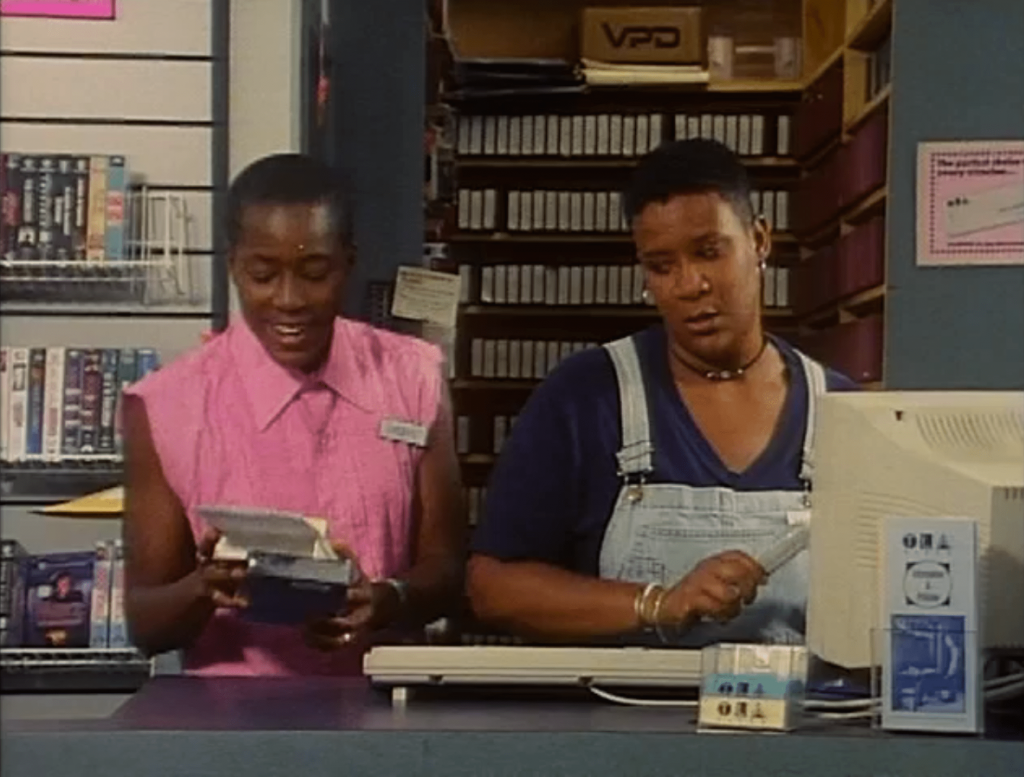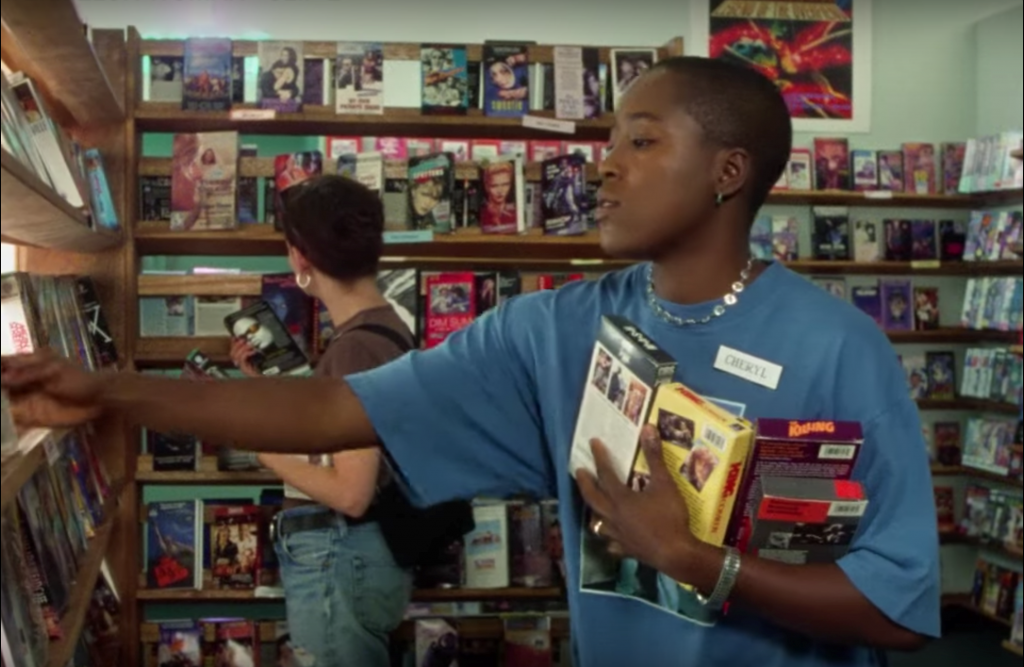PT 2012, D: Salomé Lamas, 72′, Doc, OV with Englisch subtitles, DCP
In Lamas’ debut feature, Paolo de Figueiredo (66) reports on killing. As a young man, he joins the colonialists’ army during the liberation wars in Mosambique and Angola. Following the Carnation Revolution in 1974, he starts working as a CIA mercenary in El Salvador, eventually murdering on behalf of the anti-basque underground organisation GAL (Grupos Antiterroristas de Liberación). The insolency of those killings – in Angola, “there were no hostages, just corpses“ – is mirrored in Paolo’s report. Paolo delivers neither confession nor admission, but tells the tale of his biography as a killer remorselessly and uncritically. He says that was never bribed, although money did always come into play. And all of the victims deserved to die, that goes without saying. Longing for the former blood frenzy, Paolo is driven to peacuful Portugal’s emergency rooms to smell the „sweet smell of blood“ once again.
The simple order of the narrative situation – Paolo himself, a fixed camera shot, a chair and a plain room – pairs with a complex treatment of the premises of documentary narrative: authenticity, testimony and historical truth. Their reliability and inevitability is problematised by Lamas in an at first sight ostensibly unremarkable tale, in which history and stories are intermingled.
16 April, 9 pm – UT Connewitz – € 6,5 (5,5 red.)
Trailer
Dying is never truthful in motion pictures, yet the drama of death is omnipresent, particularly in the sometimes linear, sometimes arduous journey film characters have to undertake to meet their end. For “it is rather killing that cinema is concerned with and less death itself. Cinema engages in activities and less in conditions.”
With an introduction by Frederik Lang (in German)
[Working on the image | Insights into the work of Hartmut Bitomsky]
17 April, 7 pm – Luru Kino at the Spinnerei – € 6,5 (5,5 red.)
CINEMA AND DEATH
FRG 1988, D: Hartmut Bitomsky, 46′, German version, Betacam SP
BRESSON’S “L’ARGENT”
FRG 1983, D: Hartmut Bitomsky, Manfred Blank, Harun Farocki, 30′, German version, file
CINEMA AND DEATH is a film essay on the narratology of “cinematic death” in commercial cinema, a death that is accompanied by picturesque settings and self-referential acting. Bitomsky’s directorial reduction embodies the downright opposite: throughout the film, he is sitting in his dimly lit study, we become aware of film photographs spread out, cigarettes burning down in the ashtray and books that have been used – a seemingly private situation, an intimate dialogue with the films.
BRESSON’S “L’ARGENT” is the attempt of film analysis with the means of cinematography. This methodically reflexive approach on Robert Bresson’s last film is far from merely reproducing or even rhapsodizing, as Bitomsky makes clear in the very beginning: lying on the table in front of him is the object of his examination, that is condensed moments of cinema in the form of black and white photographs of Bresson’s film that was shot in colour – which is no aesthetic deficiency, as “a film stands in the same right to what is said or written about it”.
Excerpt
Cinema and Wind and Photography (D 1991, Hartmut Bitomsky) / Spare Time (UK 1939, Humphrey Jennings)
CINEMA AND WIND AND PHOTOGRAPHY
D 1991, D: Hartmut Bitomsky, 56′, German OV, DigiBeta
SPARE TIME
UK 1939, D: Humphrey Jennings, 15′, English OV, 16mm
How should one define the relationship of documentary film to reality? Does it aim at authenticity or is it rather an “exile of reality”, a “foreign homeland of reality”, where the pre-filmic, stripped of its immediacy, comes to its own right in the first place? Where in its mis-en-scène would be the line drawn to a fictional film, if drawing a line would succeed at all?
These are the kind of questions this film essay on the history and aesthetics of documentary film deals with in its seven chapters, its form decidedly incorporating the open motion of the quest. It is not about assigning rights or wrongs to individual protagonists or theorists of documentary film. Emphasised is the indecisive, ongoing dialogue with their ideas – in a kind of spatial experimental setup. We observe how Hartmut Bitomsky and his staff in turn watch films and relate them to each other. They are shown in a workspace equipped with several monitors and VHS recorders, theory books are piled up, now and then videocassettes with the next film examples are picked out and stage directions are being given. The intrinsic aesthetic value of the samples becomes secondary, what matters is the visual and ideational mediation work. For example, sequences of Humphrey Jennings’ SPARE TIME undergo an aestehtic translation. Following Bitomsky’s film, it will be shown in its entirety – what is stressed in the work of reference, what is left out?
[Working on the image | Insights into the work of Hartmut Bitomsky]
17 April, 9 pm – Luru Kino at the Spinnerei – € 6,5 (5,5 red.)
F 2018, D: Matthieu Bareyre, Doc, 96′, OV with English subtitles, DCP
Paris between 2015 and 2017. Interviews on the streets and in cafés. Charming adolescent overconfidence blends with the dire feeling of being lost and having no future. The reactions to that are diverse. There is laughing, dancing and provoking the bourgeoisie on the grand boulevards. Others discuss alliances. Solidarity. Reflect their lives under capitalist conditions. Every now and then, we see burning barricades or cops beating constrained people. The streets are marked by riots, sparked off by yet another black adolescent being abused in police custody and another one dead. A time shaped by the movement “Nuit debout”, but also by the attacks on Charlie Hebdo and Bataclan.
Then there is Rose. A young French woman, full of energy and wit, with a sparkle in her eyes. She talks about racial profiling, argues about identity issues and climbs the monument on the republican square. YOUNG AND ALIVE is no journey to the end of the night. Rather, it is a blazing cocktail foreshadowing its fumes, a feverish ride carried and driven by a Vivaldi sonata in D minor. It is the survey of a generation leaping into a new era, if it were not for the old one.
18 April, 10 pm – Schaubühne Lindenfels – € 6,5 (5,5 red.)
Trailer
USA 1996, D: Cheryl Dunye, A: Cheryl Dunye, Guinevere Turner, Valarie Walker, Cheryl Clarke, Sarah Schulman, Camille Paglia, Brian Freeman, 90′, Englisch version, DCP
Philadelphia in the 1990s. Cheryl and Tamara are part of the city’s black lesbian community and earn their money in a video store. Meanwhile, Cheryl tries to get started as a filmmaker and begins shooting a documentary. Having set her mind on making a film about the attractive “Watermelon Woman” – a supporting actress in many flicks from the 1930s and 40s, to be found only under this name in the closing credits – she starts her research. Spheres begin to intertwine increasingly: alongside the mainplot relating to Cheryl’s love life and friendships, pseudo-documental interviews reveal more and more about the so-called “Watermelon Woman“, whose life has some parallels in store with the protagonist’s. Dunye’s film meets fictive documentary with a fictional film atmosphere and creates an amusing and non-conformally enacted political inventory of the multilayered connection of sexuality, class and skin colour.
The fictional character behind “Watermelon Woman“ was specifiically created for the production of the film by Cheryl Dunye and Zoe Leonard, including an accompanying photographic archive of the invented Fae Richards, an Afro-American actress who lived in the early 20th century and was known for her commitment in the civil rights movement. Dunye ascribes her fabrication of a life story to the shortcoming of information in real life: “The Watermelon Woman came from the real lack of any information about the lesbian and film history of African-American women. Since it wasn’t happening, I invented it.” (Cheryl Dunye).
19 April, 8 pm – Schaubühne Lindenfels – € 6,5 (5,5 red.)
On the same day at 7 pm, there will be a lecture by Natascha Frankenberger at Schaubühne Lindenfels dealing with working methods of Dunye’s and Leonard’s project besides other examples and aspects of queer counter-archives and activist visualization of marginalized artists and their ways of living.
Trailer


